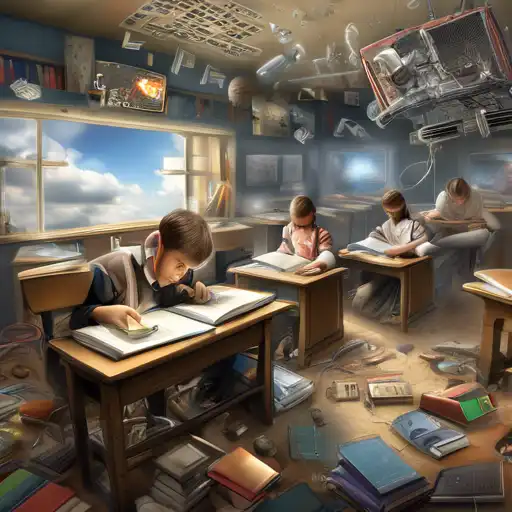The Role of Technology in Transforming Education
In the past few decades, technology has revolutionized every aspect of our lives, and education is no exception. From digital classrooms to online resources, technology has made learning more accessible, engaging, and effective than ever before.
Digital Classrooms and Online Learning
One of the most significant impacts of technology on education is the rise of digital classrooms. Platforms like online learning portals allow students from all over the world to access quality education without the constraints of geographical boundaries.
Interactive Learning Tools
Technology has also introduced interactive learning tools such as educational apps and games, which make learning fun and engaging for students. These tools cater to different learning styles, helping students grasp complex concepts more easily.
Access to Information
The internet has democratized access to information. Students no longer need to rely solely on textbooks; they can now access a wealth of knowledge online, including educational resources, research papers, and tutorials.
Personalized Learning
With the help of AI and machine learning, educational technology can now offer personalized learning experiences. This means that the content can be tailored to meet the individual needs and pace of each student, making education more effective.
Challenges and Opportunities
While technology has brought numerous benefits to education, it also presents challenges such as the digital divide and the need for digital literacy. However, these challenges also offer opportunities for innovation and improvement in the education sector.
Overcoming the Digital Divide
Efforts are being made to bridge the digital divide by providing affordable devices and internet access to underprivileged students. Initiatives like digital inclusion programs are crucial in ensuring that all students benefit from technological advancements.
Enhancing Digital Literacy
As technology becomes increasingly integral to education, digital literacy has become a essential skill. Schools and institutions are now incorporating digital literacy into their curricula to prepare students for the future.
Conclusion
The impact of technology on modern education is profound and far-reaching. It has transformed the way we teach and learn, making education more accessible, engaging, and personalized. As we move forward, it is essential to address the challenges and harness the opportunities that technology presents to further enhance the educational experience.
